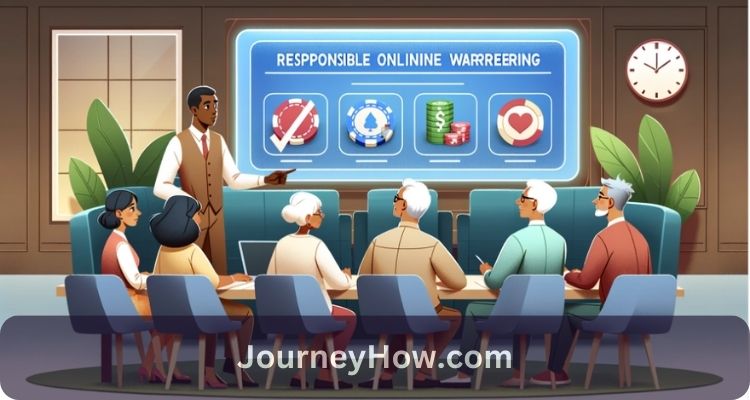Whether you are looking for a loan to take your family on a vacation or a personal loan, there are several things you need to know about taking out a vacation loan. It is important that you find a good source for your loan, but you should also consider the potential dangers associated with it.
Saving for a vacation loan
A vacation loan can be a great way to pay for your trip. However, it is important to make sure that you know all the benefits and drawbacks of this type of loan before you choose to use it.
The best loans allow you to get the funds you need within a few business days. Before applying, check your credit report and find out what interest rates are available. Also, look at the fees and maximum loan amounts offered by each lender.
Having a good credit score can increase the chances of you getting a lower interest rate. You can click the link: https://credit.org/blog/what-is-a-good-credit-score-infographic/ for more information. The lender will also consider your debt to income ratio. You should also take a look at your current bank account and savings to make sure they are adequate.
Having a savings account or a credit card with rewards for travel expenses can help you save money. This way, you will have the money you need to plan a fun and exciting trip. Once you have saved up the money, you can apply for a vacation loan.
You can find personal loans at many banks. You can apply online, or you can visit a local branch to complete an application. Usually, you will have to provide your personal information, including your name, address, and identifying documents.
Before you start shopping for vacation loans, you should check your credit report to make sure that you are eligible. You may need to pay an application fee or origination fee, and some lenders will also charge a prepayment penalty. These costs can add up to hundreds of dollars in the end. You should try to avoid these charges.
If you decide to take out a vacation loan, be sure to make payments on time. Failure to do so will damage your credit for years to come.
The lender will calculate your interest rate based on your debt-to-income ratio, your credit history, and your monthly income. The lower your DTI, the higher your chance of getting a low interest rate.
Before you commit to a vacation loan, you should consider other options, like a 0% interest credit card.
Taking out a personal loan
If you are planning on taking a trip and need a little extra money, you may want to consider a vacation personal loan. However, be sure to compare several different types of loans before deciding on one. If you are going to be traveling, you will want to find a loan with a low interest rate.
A low credit score can prevent you from getting a vacation financing agreement with favorable rates. If your credit score is too low, it could also mean outright denial of your application. Another thing banking institutions will take a look at is your debt to income ratio. A good ratio means you are a reasonable risk.
If you have a good credit score, you can often obtain a low interest rate on a vacation personal financing agreement. These financing agreements are generally unsecured, so you won’t have to put any assets up as collateral.
When you apply for a vacation personal financing agreement, you will need to provide your personal information. This is to verify your identity and financial history. Once you have been approved, you can receive funds directly into your bank account. You will also need to make regular payments. If you are unable to pay your financing agreement on time, you can accrue interest, and your financing agreement might increase in cost.
The best way to avoid accumulating unnecessary debt is to save up for your trip. A vacation is a great way to relax and recharge your soul. If you plan on saving, you can take out a small financing agreement, or you can contribute to a savings account over time.
If you are unsure whether or not you can afford a vacation financing agreement, you should first check your credit report. You will then need to pre-qualify with several lenders to find the best rates.
If you have a poor credit rating, you should seek help from your current bank, or try to improve it. You can also use a website to help you with the process. Some websites allow you to get a free credit score.
Using a credit card
If you have been planning to take a vacation, but don’t have enough money to cover your expenses, you can apply for a credit card that will allow you to pay for your trip with no interest. However, keep in mind that you should only use your credit card if you can manage to repay it in full before the end of the introductory period.
If you are able to, you can also apply for a personal financing agreement for your trip. These financing agreements are available from many lenders, and some offer a 0% APR introductory period. You should compare the different offers before applying. The APR will depend on your income and credit score.
If you have good credit, you may be able to get a lower rate. Lenders will be looking at your debt to income ratio to help determine your fitness as a borrower.
If you have a low credit score, you may be unable to get a vacation financing agreement. However, you can still qualify for a vacation financing agreement if you have a cosigner. A cosigner is someone who is willing to sign the financing agreement on your behalf. A cosigner will protect your credit score if you miss payments, or fail to make your payment on time.
If you do decide to take out a vacation financing agreement, you will need to be able to pay it back in fixed monthly installments. There are several types of vacation financing agreements, and you should research each of them before making a decision.
Dangers of taking out a vacation financing agreement
When planning a vacation, it is important to make sure that you have enough funds available to cover the costs. One way to finance your trip is to låne penger from a banking institution. The financing agreement will be paid back over time, usually in monthly payments. If you are considering a vacation financing agreement, consider the following factors to ensure that you get the right one for your needs.
Most lenders want you to have a lower debt-to-income ratio. If your debt to income ratio is unfavorable, you should consider trying to consolidate your payments. You can also look for other ways to save money, including cancelling any unused subscription services.
You should also take into consideration whether you have access to other forms of payment. If you don’t, you may be left with an additional bill each month. This can make it harder to meet your other obligations.
Also Read: TekyBlog.com



























+ There are no comments
Add yours